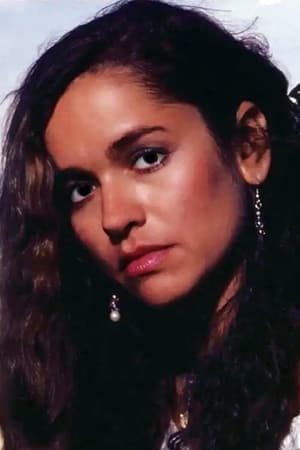Nicolette Larson (1952-1997)
Birthplace:
Helena, Montana, USA
Born:
July 17, 1952
Died:
December 16, 1997
Nicolette Larson (July 17, 1952 – December 16, 1997) was an American singer. She is perhaps best known for her work in the late 1970s with Neil Young and her 1978 hit single of Young's "Lotta Love", which hit No. 1 on the Hot Adult Contemporary Tracks chart and No. 8 on the pop singles chart. It was followed by four more adult contemporary hits, two of which were also minor pop hits. By 1985, she shifted her focus to country music, charting six times on the US country singles chart. Her only top-40 country hit was "That's How You Know When Love's Right", a duet with Steve Wariner. She died in 1997 of cerebral edema and liver failure. Nicolette Larson was born in Helena, Montana. Her father's employment with the U.S. Treasury Department necessitated frequent relocation for the family. She graduated from high school in Kansas City, Missouri, where she attended the University of Missouri for three semesters and worked at waitressing and office jobs before beginning to pursue the musical career she had dreamed of since singing along to the radio as a child. Larson eventually settled in San Francisco, California, where she worked in a record store and as for the Golden Gate Country Bluegrass Festival. She first performed as the opening for Eric Andersen at a club in Vancouver, British Columbia. In 1975, Larson auditioned for Hoyt Axton, who was producing Commander Cody. This led to Larson's gig with Hoyt Axton and The Banana Band, who were opening for Joan Baez on the 1975 "Diamonds and Rust" tour. She gained her first recording credit on Commander Cody's 1975 album, Tales From the Ozone, and also provided background vocals for Commander Cody albums in 1977 and 1978. Other early career singing credits were for Hoyt Axton and Guy Clark in 1976 and in 1977 for Mary Kay Place, Rodney Crowell, Billy Joe Shaver, Jesse Colin Young, Jesse Winchester, and Gary Stewart. Larson and Guthrie Thomas both worked with Hoyt Axton and recorded their first professional recording session together on Axton's Southbound album for A&M Records. As newcomers to the recording industry, they were listed on the back cover of the album as "Street Singers", entirely separate from the highly paid, well-respected artists who also appeared on the album. Larson's work with Emmylou Harris – the album Luxury Liner (1977) prominently showcased Larson on the song "Hello Stranger" – led to her meeting Harris's associate and friend Linda Ronstadt, who became friends with Larson. In 1977, Larson was at Ronstadt's Malibu home when neighbor Neil Young phoned to ask Ronstadt if she could recommend a female vocal accompanist. Ronstadt suggested Larson; she was the third person that day to mention Larson to Young. Young came over to meet Larson, who recalled, "Neil ran down all the songs he had just written, about twenty of them. We sang harmonies with him and he was jazzed." The following week Ronstadt and Larson cut their vocals for Young's American Stars 'n Bars album at Young's La Honda ranch – the two women were billed on the album as the Bullets – and, in November 1977, Young invited Larson to Nashville to sing on his Comes a Time album. This led to Larson's being signed to Warner Brothers, an affiliate of Young's home label Reprise. ... Source: Article "Nicolette Larson" from Wikipedia in English, licensed under CC-BY-SA 3.0.





